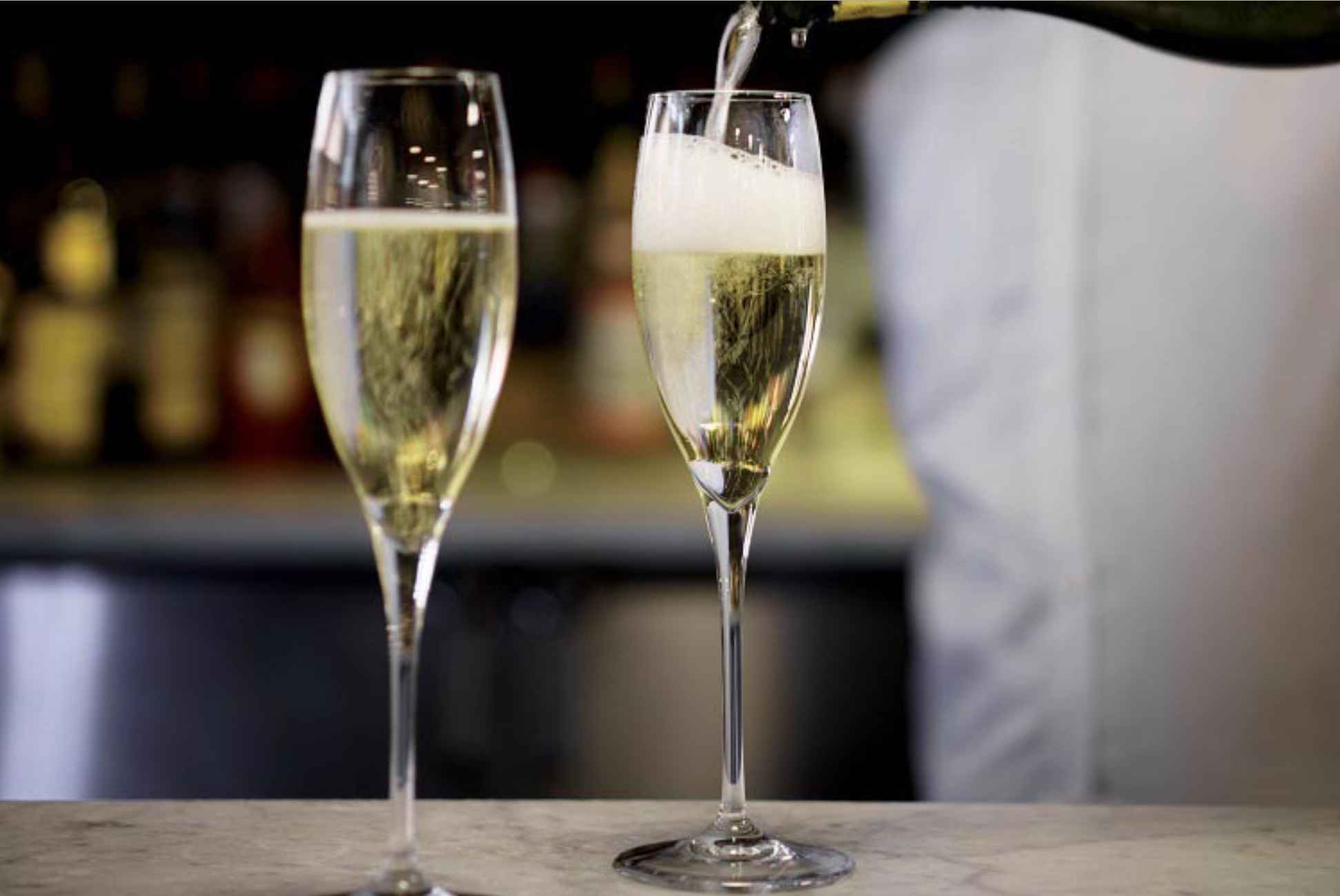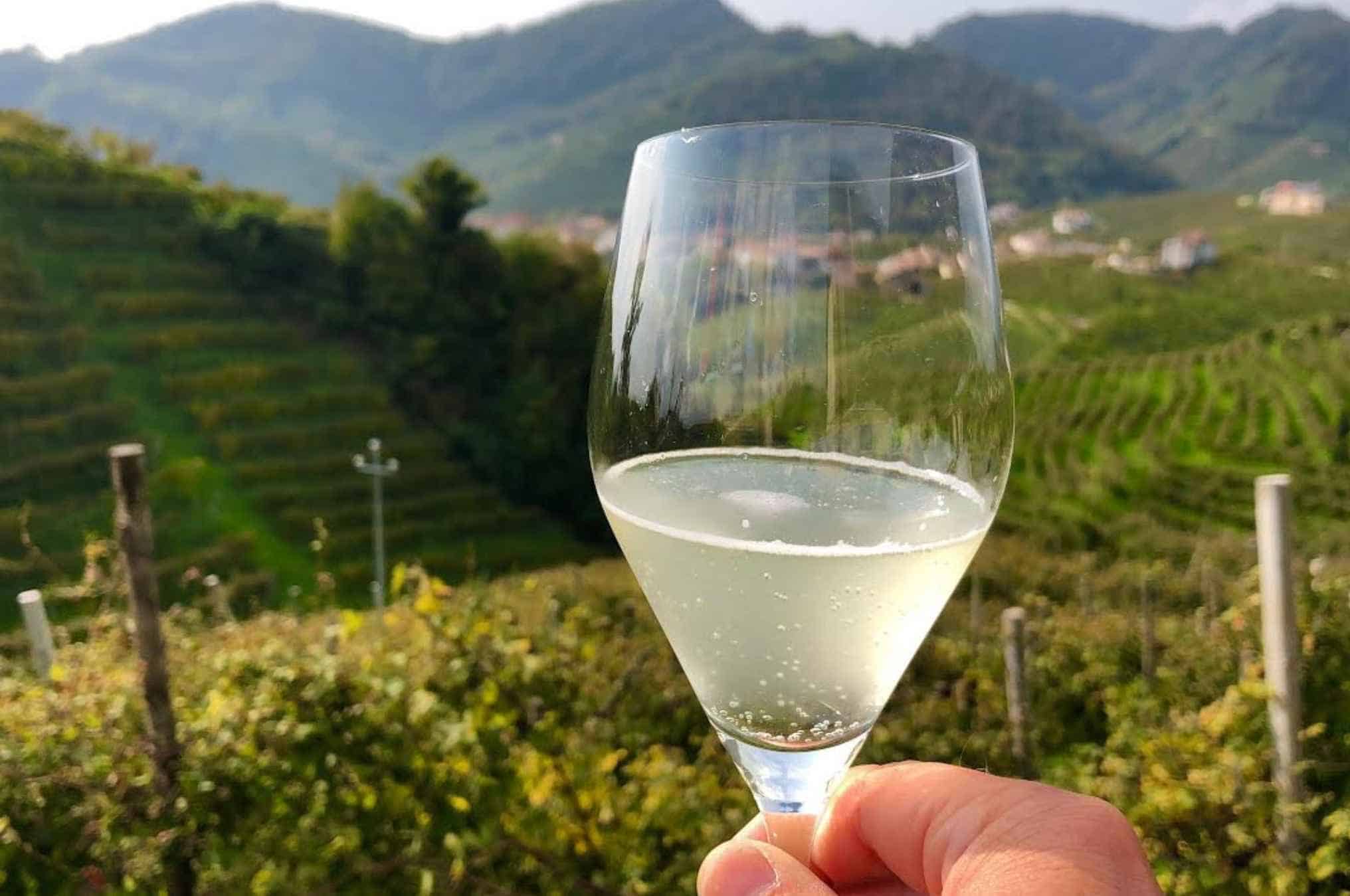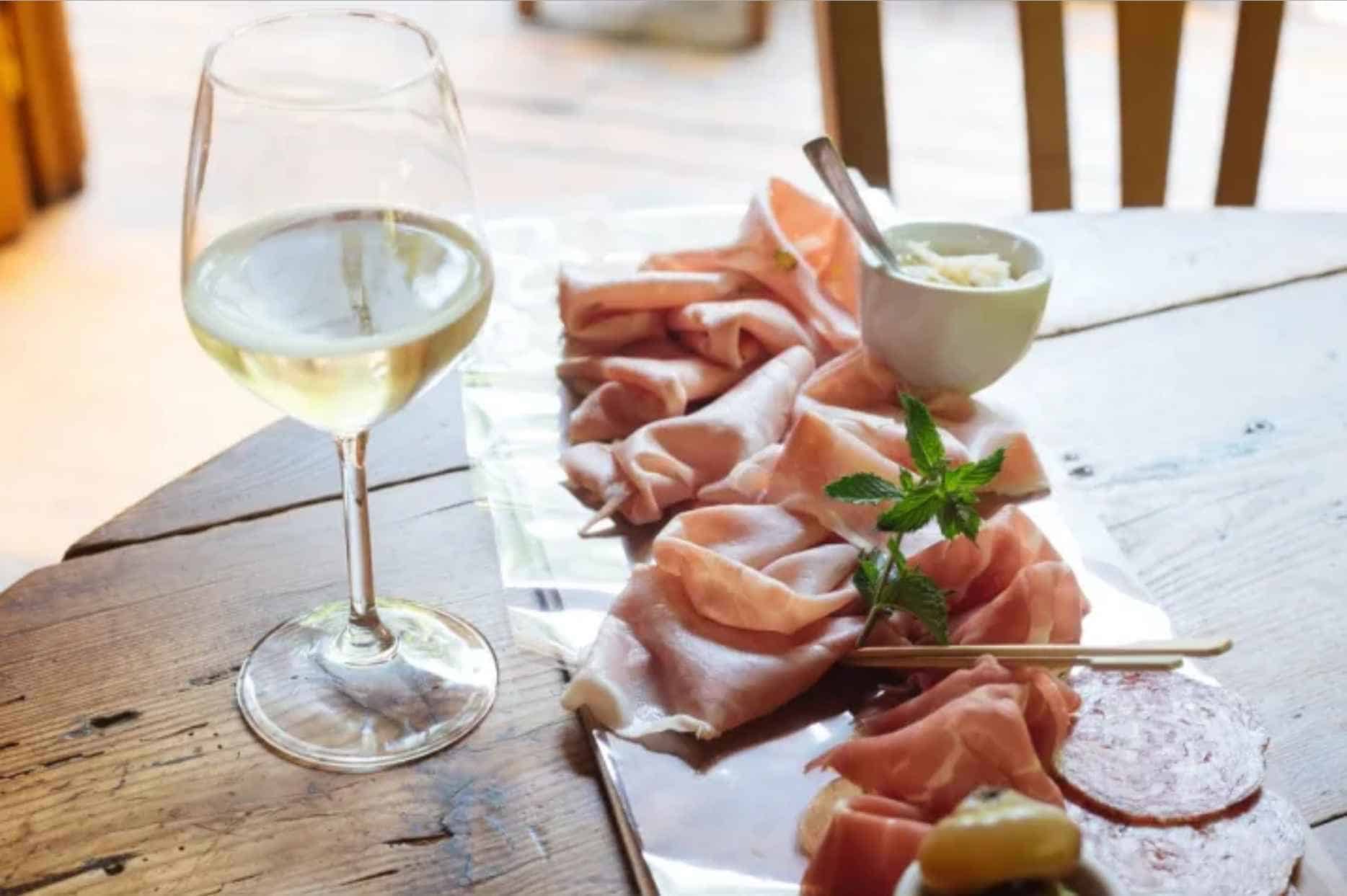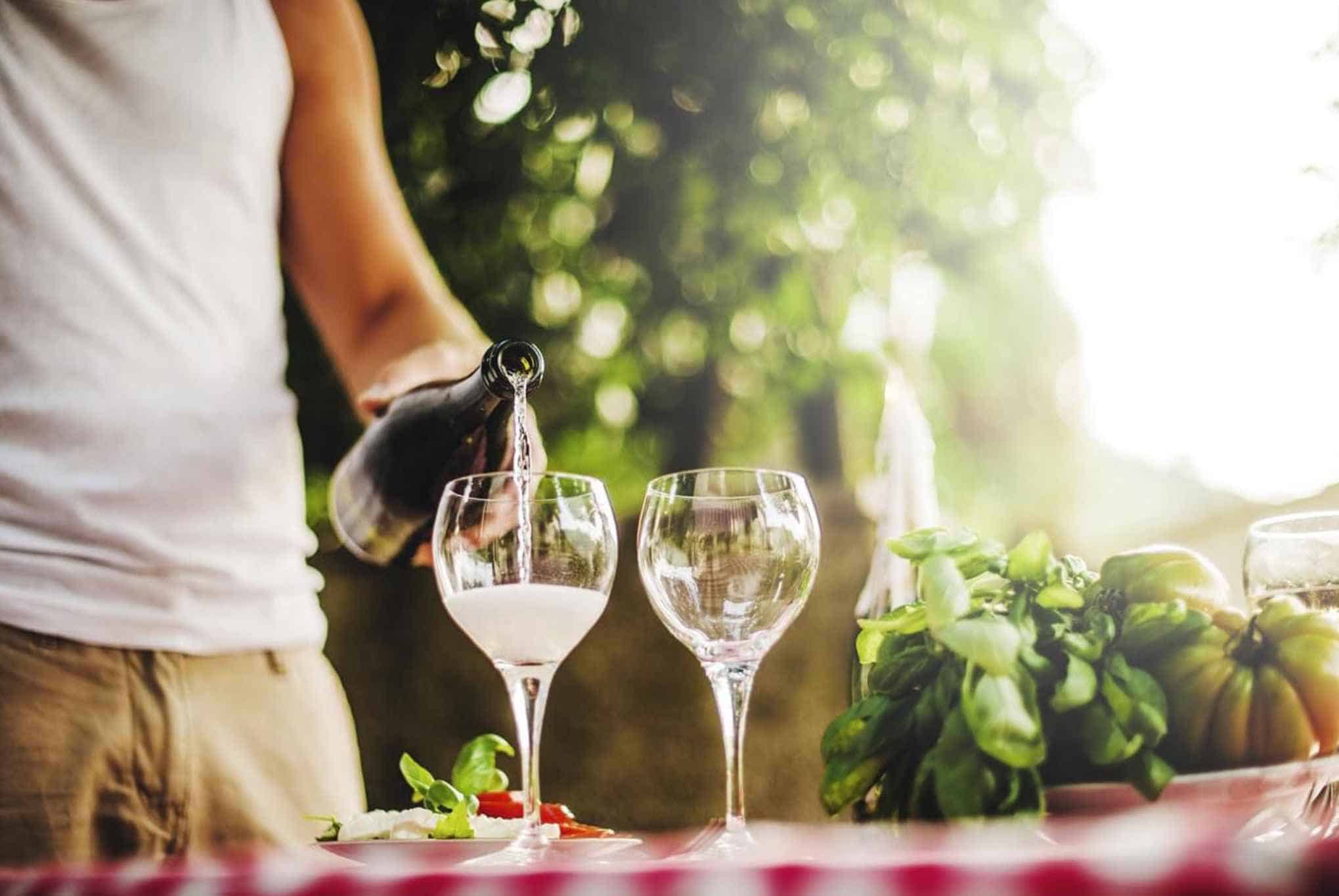As we grow older and face the reality of the corporate and business world as young adults, we are getting more and more exposed to different kinds of alcoholic beverages at every event and gala we have to attend. Hence, you may wonder what is prosecco wine and a lot more types of alcoholic beverages that you are not familiar with.
What is Prosecco Wine?

Normally, people who are not wine drinkers are often unaware that there are different kinds of wine. One among the many types of it includes sparkling wine, and the best example of it is the Prosecco wine. It is widely known to be Italy’s utmost celebrated sparkler.
We are all aware that wines are often made out of grapes and other summer fruits. Thus, for the Prosecco wine, the type of grape used is from the variety of Glera that is commonly grown in the Northern part of Italy.
In addition to this, there are 5 primary flavors of prosecco wine; green apple, honeydew melon, pear, fresh cream, and honeysuckle. Hence, you now have an idea of what it tastes like.
Prosecco wine is often linked and compared to Champagne. However, you have to look beyond the ingredients, the method used to produce, its alcohol by volume, also known as ABV, and the kind of grapes used.
Many sparkling wine drinkers often prefer it as a great alternative to Champagne mainly because of its vast price difference. Depending on the type and brand, anyone can afford a bottle of prosecco wine because it usually starts for as low as $12.
We have made a short table of comparisons between Prosecco wine and Champagne for you to understand them better:
| TABLE OF COMPARISON | ||
| CHARACTERISTICS | PROSECCO WINE | CHAMPAGNE |
| PROCESS OR METHOD USED | Uses the Charmat method also referred to as the tank method | Uses Méthode Champenoise also referred to as the traditional method |
| ORIGIN | Veneto, Italy | Champagne,France |
| TYPE OF GRAPES USED | Uses Glera grapes only | Uses different kinds of grapes such as the Chardonnay, Pinot Meunier, and Pinot Noir |
| PRICE | Cheaper | More expensive |
| MARKET PERCEPTION | Economical Alcoholic Beverage | Luxurious Alcoholic Beverage |
| AROMAS | It has an aroma of apple, honeysuckle, pear, and honeydew melon | It has an aroma of almond, brioche, and citrus |
Make sure to watch this youtube video to know more about the difference between prosecco wine and champagne.
Where did Prosecco Wine originate?
As shown in the table above, Prosecco Wine originated in the Northern part of Italy, just along the foothills of Valdobbiadene, a region in Veneto. A particular wine can only be called Prosecco Wine if it is produced within this area of Italy.
Although the exact sparkling wine can be produced with the same method and sold worldwide, such can never be classified as Prosecco. Moreover, the weather in the Valdobbiadene region is relatively colder compared to its nearby area. Thus, the weather somehow helps in producing sharp and tasty sparkling wines.
In addition, the primary grapes used in making Prosecco Wine were changed from Prosecco to Glera for the sole reason of protecting the Denominazione di Origine Controllata or, in English, Controlled Designation of Origin, also known as DOC.
4 Characteristics of Prosecco Wine

We have gathered 3 essential characteristics of Prosecco Wine that you should also be aware of. Its color, alcohol content, sparkle, sweetness, and dryness.
Color
Though the bottles of Prosecco Wine are usually remarkably metallic, the alcohol itself is in either bright straw yellow, sparkling gold, or pale gold.
Alcohol Content
Prosecco Wine has quite lower alcohol by volume or ABV than the average ABV of most white and red wines. Frequently, the alcohol by volume content of one Prosecco wine bottle only has at least 10% to 13.5 %, but the typical prosecco wines come with 12% ABV.
3 Levels of Effervescence
There are 3 levels of sparkle a Prosecco Wine has. Hence, you can choose which of the three you prefer when drinking Prosecco Wine.
| Levels of Effervescence | Description |
| Spumantle | ● Most sparkling or fizzy
● Most popular ● Has a fruity flavor ● Has a fine and long-lasting bubble behavior ● Has a sweetness level of dry until semi-dry ● |
| Frizzante | ● Semi-sparkling
● Has a lower amount of carbonic acid ● Carbonic acid quickly disappears as soon as the bottle is opened ● Less expensive than Spumante ● More on citrus flavors ● Slightly sweeter
|
| Tranquillo | ● Non-sparkling
● Flat ● Zero bubbles ● Darker color compared to Spumante and Frizzante ● Least popular or least common ● Usually unavailable in the other parts of the world
|
7 Sweetness Levels of Prosecco Wine
There are 7 levels of sweetness a Prosecco Wine has. Thus, you can choose depending on your preferred sweetness.
| Level of Sweetness | Description |
| Brut Nature Prosecco | ● Distinguished as bone dry
● Has a maximum of 3 grams per liter of sugar residue |
| Extra Brut | ● Exceptionally dry
● Has a maximum of 6 grams per liter of sugar residue |
| Brut | ● Has at least 12 grams per liter of sugar residue
● dry |
| Extra Dry | ● |
| Dry Prosecco | ● Median sweet
● Has 12 up to 17 grams per liter of sugar residue |
| Demi-Sec Prosecco | ● Sweet
● Has 32 up to 50 grams per liter of sugar residue |
| Dolce | ● Very Sweet
● Has more than 50 grams per liter of sugar residue |
5 Quality Levels of Prosecco Wine

There are 5 quality levels of Prosecco Wine and you will know the classification of each bottle by checking the label that is usually seen on the wine’s bottleneck.
The labels contain very much helpful information about the wine you are about to purchase. When it comes to Prosecco Wine, the label indicates not only the quality classification of the wine but is categorized based on the location of the wine where it was produced.
Valdobbiadene Superiore di Cartizze DOCG
Valdobbiadene Superiore di Cartizze DOCG is also known as Denominazione Di Origine Controllata e Garantita has 265 acres and is considered to be Europe’s biggest terroirs for Prosecco Wine makers to reaping prosecco grapes. The vines of these grapes usually grow on a steep hillside, thus, providing its well-defined quality.
Conegliano Valdobbiadene Prosecco Superiore Rive DOCG
The Conegliano Valdobbiadene Prosecco Superiore Rive DOCG makes a greater quality of Prosecco Wine. This region in Europe has a lot of subzones, all of which have their own wine style and characteristics.
Conegliano Valdobbiadene Prosecco Superiore DOCG
Conegliano Valdobbiadene Prosecco Superiore DOCG achieved the title “Guaranteed Quality” for their DOC title in 2009. This Prosecco wine quality was famous for quite some time to the point that people started buying bulk cases everywhere.
Asolo Prosecco DOCG
Asolo Prosecco DOCG is a small scale yet more private and makes a broader range of Prosecco Wine styles.
Prosecco DOC
Prosecco DOC, also known as Denominazione di Origine Controllata is the most frequent kind and often has an admirable quality.
The production area of this quality is located in the North-Eastern side of Italy, particularly in the provinces of Friuli and Veneto. Moreover, the climate in these areas helps the Prosecco grapes grow by having a little rain that allows them to soak in its root and have a mild temperature.
How is Prosecco Wine made?
There are different wine-making methods, but Prosecco Wine uses the Charmat Method, also known as the tank method. In order to produce prosecco wine perfectly and consistently, you must make it with not less than 85% of Glera grapes.
These are then made by undergoing the process through the Charmat Method where it has to be refermented inside the pressurized steel tanks at approximately 3 pressure atmospheres. Thus, Prosecco bubbles last a little longer than typical beers.
It would be easier for you to understand the Charmat Method by watching this informative vlog.
Nutrition Facts of Prosecco Wine
Any food and drinks that we take all have nutrition facts depending on the serving.
Hence, for people who are always conscious about their food intake yet are still cautious even when it comes to drinking wine; then take a look at the table to know about the nutrition facts of a prosecco wine for every one flute or equivalent to 147 grams.
| Nutrients | Amount | Unit |
| Calories | 121 | kCal |
| Sodium | 7.40 | milligrams |
| Potassium | 104 | milligrams |
| Carbohydrates | 3.8 | grams |
| Alcohol | 10 | grams |
8 Recommended Food Pairings with Prosecco Wine

Though you can always enjoy drinking alcoholic beverages by being with the people you treasure and talking about life and everything, it would be more memorable and better if you had food on the side.
Thus, Prosecco Wine is quite flexible when it comes to food pairing. By flexibility, we mean you can serve and have it before a meal or enjoy it together with your main dish. Though, wines are generally an excellent pair for some cheese tray and charcuterie.
But, listed below are some highly recommended food pairings with Prosecco Wine:
- Antipasto
- Nuts- any kinds of nuts will do depending on your preference
- Salty Cheese
- Stuffed Mushroom
- Fresh Seafood Dishes – such as pan-seared scallops, shellfish, seafood pasta, and garlic butter shrimp
- Pad Thai
- Snacks – such as chips, french fries, and popcorn
- Asian Noodle Dishes
3 Trivias about Prosecco Wine

We are pretty sure that you still want to learn and know more about Prosecco wine. Therefore, we have prepared a few fun facts about it that you may not have heard of.
Who is Antonio Carpane?
Antonio Carpane is the chemist who was recognized to be the one who produced the first ever bottle of sparkling Prosecco Wine in 1868.
Did you know that there is National Prosecco Day?
Yes! You read it right. There is a specific day celebrated for Prosecco Wine. The National Prosecco Day in the United States is annually celebrated every August 13.
Prosecco Wine does not improve its taste as it age
We are all aware that most alcoholic beverages’ taste improves as they age. That is why most people have a collection of their liquors and store it for quite a while to get their highest taste potential.
However, it is not the same with Prosecco Wine because it has an increased amount of sugar to acid percentage compared to Champagne. Hence, its capacity to age well is relatively low.
Summary
Now that you know what is prosecco wine, how it tastes, its color, food pairings, and the method used in production.
You will never have to worry whenever you socialize at a grand event when offered such a kind of wine. Moreover, if you are curious about how it tastes, you can at least try it next time you will know your alcohol tolerance for this kind of wine.


George Moore, co-founder of Wine Flavor Guru, is a charismatic entrepreneur with a rich background in California’s wine industry. Alongside Sylvia, he transformed a Sonoma County vineyard into a source of premium wines. George’s expertise in sourcing exceptional grapes and his approachable style make wine appreciation both accessible and engaging.
